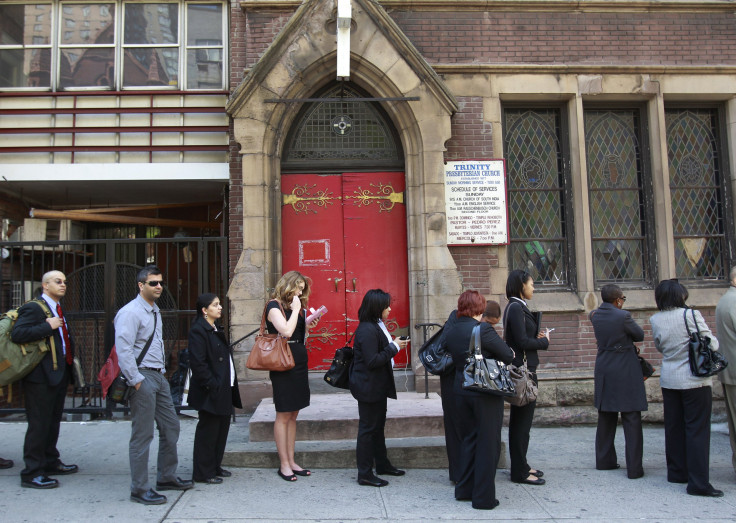The Secret Life Of Unemployment: Jobless Rate In The U.S Higher Than Italy And Ireland But Is Hidden By Government

In the past four years, the headline U.S. unemployment rate has been decreasing steadily, from 10.0 percent in October 2010 to a four-year low of 7.5 percent in April 2013. Since then, it has been fluctuating between 7.5 percent and 7.6 percent, according to the Bureau of Labor Statistics.
While it's true that the unemployment rate is trending down, June and May 2013 saw slight increases. But a truer picture of U.S. labor woes depends on which figures you’re looking at. While one could assume from the headlines that 7.5 percent of people of working age are unemployed, actually, if one counts those who want a job but are no longer looking, the number of people out of work is more than 14 percent, about 14.3 percent, according to U.S. government data. That's higher than the rate in countries like Ireland and Italy and almost 3 percent higher than that of the entire European Union.
This other figure, known as U6, is often buried in monthly job reports and includes the unemployed, those "marginally attached" to the labor force (that is, they want a job but have largely given up looking), and those who are working part-time but want full-time jobs.
To put these numbers in context, it’s important to consider the growing population. According to the most recent household survey, the U.S. civilian population has increased by 12.4 million since December 2007. But in that same period, the labor force has grown by only 1.9 million. The number of people not employed or actively looking for a job also rose by 10.1 million, meaning they were not counted in the official unemployment statistics.
But that’s not all. Part-time workers are growing in large numbers, by 322,000 since May alone and more than double the number five years ago. Part-timers now number more than 8.2 million, the highest it's been all year, so the trend line is going in the wrong direction.
Finally, here's another way of looking at underemployment: Fewer working-age Americans are working than at any time in the past three decades. That is, the employment-to-population ratio has collapsed. In June, the ratio was 58.7 percent -- a drop from 63 percent five years ago, before the recession hit.
This means that while employment figures seemed worse when the recession hit, with the U6 data topping out at about 17.1 percent in October 2009, or 10 percent if the figure is adjusted, the actual U6 rate today of 14.3 percent is far worse because many of those positions bringing the number down are only part-time jobs.
© Copyright IBTimes 2024. All rights reserved.





















